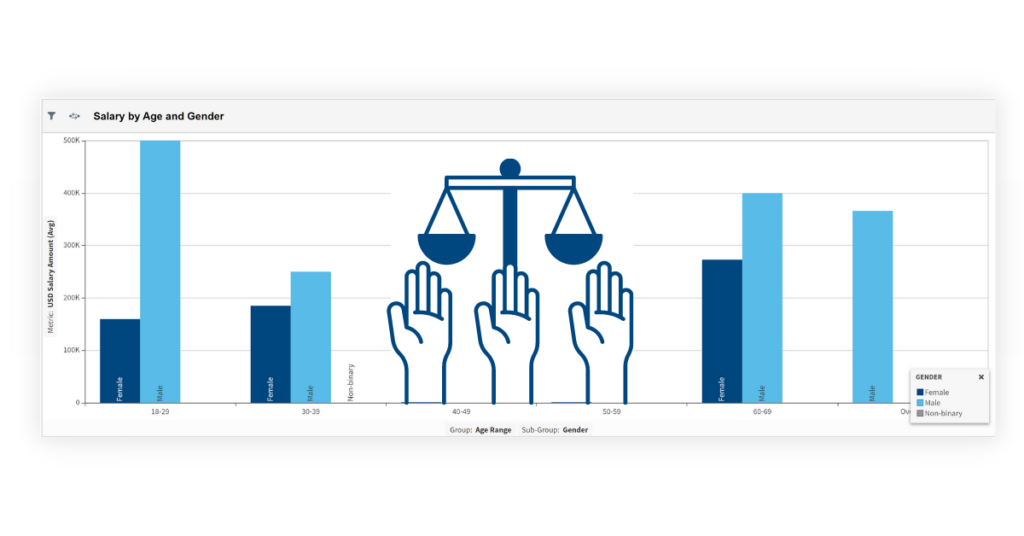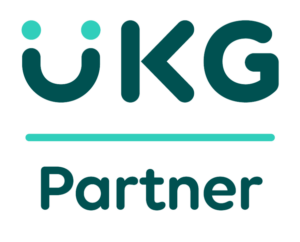Diversity, equality, and inclusion (DEI) are often viewed as social issues — but as companies continue to struggle with implementing these initiatives, we must recognize that they are also economic issues.
The U.S. Equal Employment Opportunity Commission has found that “employees who believe they are treated fairly have higher retention rates, better performance ratings, increased customer satisfaction, and increased profitability.”
In short, diversity is improving businesses by bringing together people who are different from each other. This approach includes people of different races, ethnicities, and cultures, as well as people with disabilities.
A more inclusive workplace is one that embraces all types of people and allows them to succeed on their own terms. Although there are no concrete metrics for success in this area, a truly inclusive workplace will feel welcoming to everyone.
At Decusoft, we believe that diversity, equity, and inclusion should be thought of as ongoing processes within your company built to reflect your culture and not just one-time reviews or checkboxes on a list. As such, we help our clients by providing them with a comprehensive set of analytics tools that help them assess their DEI efforts as it relates to compensation and make adjustments where necessary.

What Is DEI Analytics?
DEI analytics helps businesses measure the impact of their DEI initiatives. Effective DEI analytics can not only be used to monitor the progress of your company’s DEI initiatives, but to analyze how different groups are impacted by your company’s policies and practices, and identify areas for improvement.
Using DEI analytics helps organizations understand how their employees are represented and the real results of existing equality initiatives. Organizations can use this information to improve their workplace programs and culture to create a more inclusive environment for all employees.
As a result, companies are increasingly turning to data analytics tools to ensure they’re creating equitable work environments. Here’s how you can use DEI analytics to promote a more equitable workplace:
Build Reporting and Assessment Metrics Around DEI
The first step in implementing any type of DEI initiative is to understand what you want your end goal to look like. For some companies, it may be having equal representation across all employee groups; for others, it may be having equal pay for equal work regardless of race or sex.
Once you’ve determined what your end goal looks like, then you can start measuring how far away you are from achieving it.
We all know the importance of measuring diversity in your workforce — but what does it mean for your organization?
For example, do you want to evaluate whether you have enough women in leadership positions or whether there is representation from different races or ethnicities at all levels of management? It’s important to keep track of these metrics over time because they help create a baseline for future progress reports.
DEI analytics can be used by managers to assess their current level of success, identify areas where they need improvement, and provide data-driven recommendations on how they can get there. The end result is that managers are better equipped to lead their teams toward a more equitable workplace.
Assess Your Current State of Affairs
Diversity, Equity, and Inclusion is a business imperative. It’s also an opportunity for your company to be seen as more than just a place to work. Your company can be a place where people thrive together because of who they are and what they believe in.
Diversity data can be used to identify potential areas for improvement within your organization. For example, if you see that women make up only 30 percent of your sales team but 60 percent of your support staff, this may indicate an opportunity for cross-training or additional recruitment efforts focused on women candidates.
Increased Productivity
A diverse workforce is better equipped to handle the challenges associated with today’s complex business environment. A study by McKinsey & Company found that companies in the top quartile for ethnic diversity are 35% more likely to have financial returns above the national industry median.
Additionally, studies have shown that companies with more gender diversity have stronger financial results than their less diverse counterparts.
Conducting an assessment of the current state of DEI within your organization will allow you to understand where there might be gaps in your efforts toward achieving greater DEI outcomes.
When you have the right tools, it becomes easier to find out what people want from their jobs, what makes them happy, and how they can grow in their careers.
Use DEI Analytics to Uncover Discrimination
Companies often turn to DEI analytics to find out whether they have any hidden biases that may be affecting their employees’ experiences in the workplace.
For example, if a company wants to know if women have equal opportunities for promotions compared to men, they can use DEI analytics reports and metrics to measure this information over time.
This approach includes identifying underrepresented groups within an organization (e.g., women) and groups that may have been promoted or terminated at higher rates than others.
Analyzing performance metrics by gender and ethnicity means you can identify any potential barriers for these groups in achieving their goals. Identifying anomalies in your pay bands, or disproportionate distribution of bonuses, may help expose biases.
This disparity could be an indication that bonuses aren’t being distributed fairly based on performance levels, which can be addressed through management training or other interventions.
Use DEI Analytics to Identify Opportunities for Growth
The primary benefit of DEI analytics is that it helps organizations identify gaps in their current DEI practices. By understanding where potential gaps exist, organizations can take steps to close those gaps and ensure they have a more equitable workplace.
In order to use DEI analytics effectively, it’s important that companies have clear goals and objectives for conducting such analysis. For example, if an organization wants to increase diversity within its ranks or reduce turnover among minority employees, then this desire should be reflected in its goals for doing DEI analytics work.
DEI analytics identify opportunities for growth within an organization based on its current employee population. Employees who feel their workplace is equitable and inclusive are more satisfied with their jobs, more loyal to the organization, and more productive.
How to Incorporate DEI into Your Company’s Culture
DEI can be one of the most important aspects of your organization’s culture. This means that, in addition to understanding how people are performing, managers and leaders need to be able to understand how those employees are being treated by their superiors and colleagues.
Unfortunately, DEI isn’t always easy to measure or quantify. It’s a complex web of policies, practices, and programs that work together to create an equitable workplace — and they aren’t always obvious or straightforward.
DEI analytics is a great solution to this problem. Using data and technology to measure how well your organization is achieving its DEI goals — for example, how many women are in leadership roles or how is discretionary bonus distributed across different age groups, etc.
The results can be used to inform your company’s future efforts toward making your workforce more diverse and inclusive.
If you’re looking for ways to incorporate DEI into your company’s culture, here are some tips:
1. Don’t assume that diversity just means hiring more women or people of color. Diversity means making sure that all employees feel they are valued and part of the organization’s culture through multiple lenses, including race, gender identity and expression, sexual orientation, and other factors such as veteran status and disability.
2. Create an inclusive environment, one where everyone feels comfortable bringing up issues of race, gender identity or expression, etc., without fear of retaliation or judgment from others at work.
3. Create initiatives and rewards programs targeted on establishing equality. Give underrepresented groups a path to achieve to create true equity. This includes areas of pay, training, rewards and career development.
4. Consider how diversity-related programs can help attract top talent from across the spectrum of diverse backgrounds — this includes offering paid parental leave for both men and women who are primary caregivers as well as flexible work arrangements that allow employees to balance their home and work lives.
At Decusoft, we believe that DEI analytics is a critical component of creating an equitable workplace. We’re committed to providing businesses with the tools they need to assess their DEI efforts and track their progress over time.
If you’re interested in a DEI analytics solution to ensure an equitable workplace and transform the employee experience, Decusoft is here to help. Contact us today to get started with our Compose Analytics!




